| |
This collection aggregates all the animated math clip art around the topic of 3D geometric figures. There are a total of 47 images. This collection of resources is made up of downloadable GIF files that you can easily incorporate into a presentation.
To see the complete collection of Math Clip Art, click on this link. |

|
3-Dimensional Figures,
Cylinders
and Cones
|
| |
This collection aggregates all the math clip art around the topic of Nets. There are a total of 5 images. |
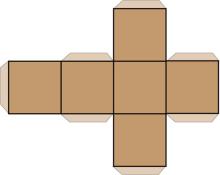
|
3-Dimensional Figures
|
| |
Overview
This collection aggregates all the math videos and resources in this series: Geometry Applications Video Series: 3D Geometry. There are a total of 18 resources. |
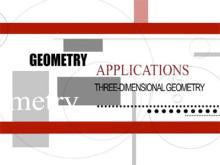
|
3-Dimensional Figures,
Pyramids,
Cylinders,
Applications of 3D Geometry,
Triangular Prisms
and Rectangular Prisms
|
| |
OvThis collection aggregates all the math videos and resources in this series: Geometry Applications Video Series: Angles and Planes. There are a total of 13 resources. |

|
Applications of Angles and Planes,
Definition of an Angle
and Applications of Points and Lines
|
| |
Overview
This collection aggregates all the math videos and resources in this series: Geometry Applications Video Series: Circles. There are a total of 13 resources. |
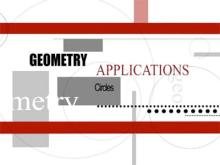
|
Applications of Circles
and Definition of a Circle
|
| |
OveThis collection aggregates all the math videos and resources in this series: Geometry Applications Video Series: Coordinate Geometry. There are a total of 13 resources. |
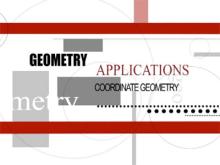
|
Applications of Coordinate Geometry
and Coordinate Systems
|
| |
OverThis collection aggregates all the math videos and resources in this series: Geometry Applications Video Series: Points and Lines. There are a total of 12 resources. |
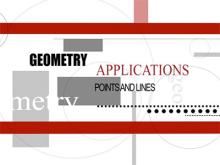
|
Applications of Points and Lines,
Definition of a Line
and Definition of a Point
|
| |
OverviewThis collection aggregates all the math videos and resources in this series: Geometry Applications Video Series: Polygons. There are a total of 12 resources. |
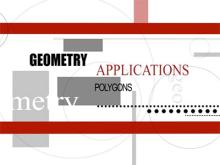
|
Applications of Polygons
and Definition of a Polygon
|
| |
OThis collection aggregates all the math videos and resources in this series: Geometry Applications Video Series: Quadrilaterals. There are a total of 12 resources. |
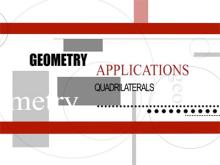
|
Applications of Quadrilaterals
and Definition of a Quadrilateral
|
| |
OvervieThis collection aggregates all the math videos and resources in this series: Geometry Applications Video Series: Surface Area and Volume. There are a total of 12 resources. |
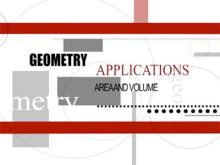
|
Applications of Surface Area and Volume,
Surface Area
and Volume
|
| |
This collection aggregates all the math videos and resources in this series: Geometry Applications Video Series: Transformations. There are a total of 12 resources. |
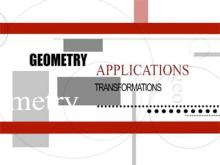
|
Applications of Transformations
and Definition of Transformations
|
| |
OverviewThis collection aggregates all the math videos and resources in this series: Geometry Applications Video Series: Triangles. There are a total of 12 resources. |
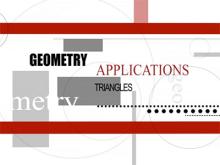
|
Definition of a Triangle
and Applications of Triangles
|
| |
This collection aggregates all the definition image cards around the topic of Geometry vocabulary. There are a total of 58 terms. |
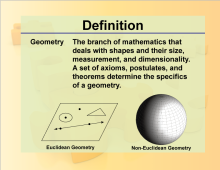
|
Definition of an Angle,
Geometric Constructions with Points and Lines,
3-Dimensional Figures,
Exploring Coordinate Systems,
Definition of a Triangle,
Definition of a Point,
Definition of a Circle,
Definition of Transformations,
The Distance Formula,
Definition of a Polygon,
Definition of a Plane,
Definition of a Line,
Midpoint Formula,
Applications of Polygons,
Area and Perimeter of Triangles,
Area and Perimeter of Quadrilaterals,
Pyramids,
Trig Expressions and Identities,
Right Triangles,
Definition of a Quadrilateral,
Applications of Points and Lines
and Proportions
|
| |
This collection aggregates all the Google Earth Voyager Stories. There are a total of 17 stories. |

|
Perpendicular Lines,
Parallel Lines,
Applications of Points and Lines,
Applications of Circles,
Cylinders,
Applications of Angles and Planes,
Applications of Polygons,
Pyramids,
Triangular Prisms,
Rectangular Prisms,
3-Dimensional Figures,
Applications of Surface Area and Volume,
Rational Functions and Equations,
Surface Area,
Volume,
Applications of Triangles
and Applications of Quadrilaterals
|
| |
Algebra Nspirations Teacher's Guide: Variables and Equations
This is the Teacher's Guide that accompanies Algebra Nspirations: Variables and Equations. |

|
Applications of Equations and Inequalities
|
| |
AntiprismTopic 3D Geometry |
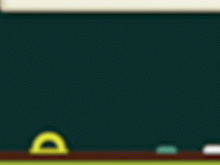
|
3-Dimensional Figures
|
| |
Antiprism with Horizontal Cross-SectionTopic 3D Geometry |
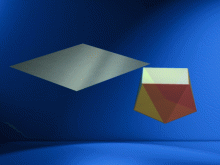
|
3-Dimensional Figures
|
| |
Antiprism with Vertical Cross-SectionTopic 3D Geometry |
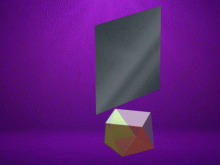
|
3-Dimensional Figures
|
| |
Base and ApexTopic 3D Geometry |
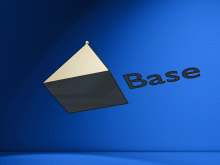
|
3-Dimensional Figures
|
| |
ConeTopic 3D Geometry |
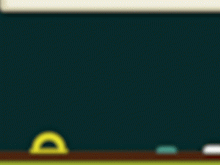
|
3-Dimensional Figures
|
| |
Cone with Horizontal Cross-SectionTopic 3D Geometry |
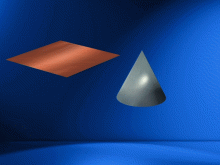
|
3-Dimensional Figures
|
| |
Cone with Vertical Cross-SectionTopic 3D Geometry |
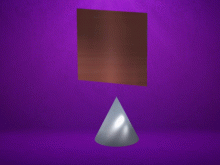
|
3-Dimensional Figures
|
| |
CubeTopic 3D Geometry |
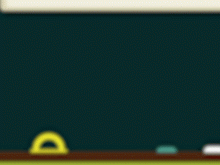
|
3-Dimensional Figures
|
| |
Cube with Horizontal Cross-SectionTopic 3D Geometry |
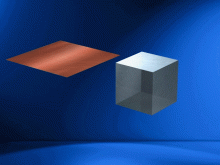
|
3-Dimensional Figures
|
| |
Cube with Vertical Cross-SectionTopic 3D Geometry |
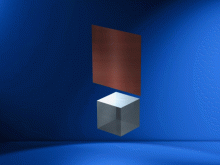
|
3-Dimensional Figures
|

